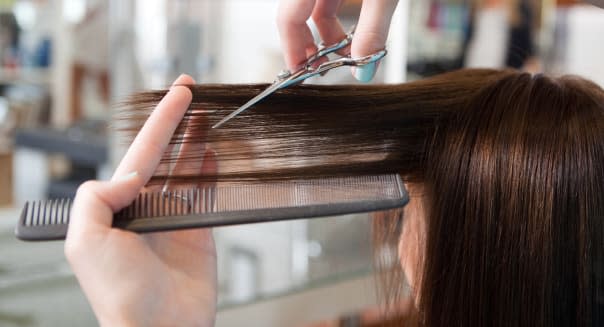Where Restaurants, Car Dealers, Salons Really Make Money

By Susan Johnston
When you pull out your wallet to pay for a meal or a mani-pedi, you might assume the most expensive part of your bill was that steak or the trendy designs on your toenails. But insiders will tell you that the real money-makers are the wine you ordered with dinner or the extra products you bought at the salon after getting pampered. U.S. News looked at three industries where the biggest profit drivers may surprise you.
Restaurants
On a typical day, total restaurant industry sales across the U.S. reach $1.9 billion, according to the National Restaurant Association. "The most profitable place in a restaurant is the bar," says Greg Wank, a partner at the accounting firm Anchin, Block & Anchin who specializes in the food and beverage industry. "The margins on beer, soda, wine and spirits is very high, so it's always beneficial if they're very crowded, and people have to wait at the bar for their tables."
In fact, Wank says a restaurant's gross margin at the bar is typically around 70 to 75 percent (pricey bottles of wine might have an even higher margin, but often their purpose on the menu is to make more moderate-priced vintages seem affordable). Meanwhile, food might be closer to 60 percent. No surprise then that your server will immediately offer you something to drink once you're seated. "[Restaurants] used to have the dinner specials, and now they have cocktail specials," Wank says. "There's definitely encouragement to sample something new or different."
With mixed drinks, the biggest variable is the size of the bartender's pour. "A big cost monitor for a restaurant owner is to really train their bartenders on how much they're supposed to pour in a mixed drink because that's going to dramatically impact the margins," Wank says.
When it comes to food, profit margins vary depending on the type of restaurant. Mexican restaurants with a heavy focus on beans and rice might have better margins than, say, a steak or seafood restaurant. The steakhouse or seafood joint might charge more for each item, but the costs of ingredients are likely higher than the Mexican restaurant's. Of course, restaurant owners sometimes try to steer patrons toward certain menu items through rotating specials. "Dinner specials every night are typically going to be profitable items," Wank says. "Ask the waiter what's good tonight, and they're going to be pushing a more profitable dish."
Salons
The salon and spa industry draws more than $40 billion in annual sales, according to a 2012 report from the Professional Beauty Association. While services such as hair coloring, waxing and manicuring may be the reason customers book appointments, salons often make more money from the shampoos, lotions and other extras customers buy in the salon.
Rowena Yeager, owner of Studio Wish Salon in Twinsburg, Ohio, and a Professional Beauty Association member, notes that over time beauty product packages have shrunk, similar to what's happened with food packages. "There's a specific product line that has gone down in their sizes but kept their prices the same," she says.
Cost-conscious consumers may want to consider the price per ounce, but with greater consumer awareness about the ingredients in the beauty products, that may not be the most important factor for everyone. "The consumer is very concerned about what's in the bottle more than the shape of the bottle," Yeager says. "The quality of what's inside is the most important thing."
Car Dealerships
In 2013, total revenue at new car dealerships reached $730 billion, according to the National Automobile Dealers Association. The average dealership had sales of $41 million, with gross profits around $5.5 million. Surely the sale of flashy, new cars must make up the bulk of those millions? Not quite.
"New car dealers don't make the majority of their profits on new cars themselves," says Mike Rabkin, owner of From Car to Finish, a national new car negotiating service. Nearly half of a dealership's profits come from the service and parts departments, he says.
"Finance and insurance products, while a small portion of the dealer's total revenue, make up a disproportionate [amount] of the dealer's profit," Rabkin explains. "These include items such as vehicle financing, extended service contracts and other types of insurance coverage, and physical items and treatments added to the vehicle at the dealership." For instance, when you buy a car, your bill might include items such as floor mats and mud guards as part of an "appearance package" that you may be able to remove or get for free during the negotiation process.
